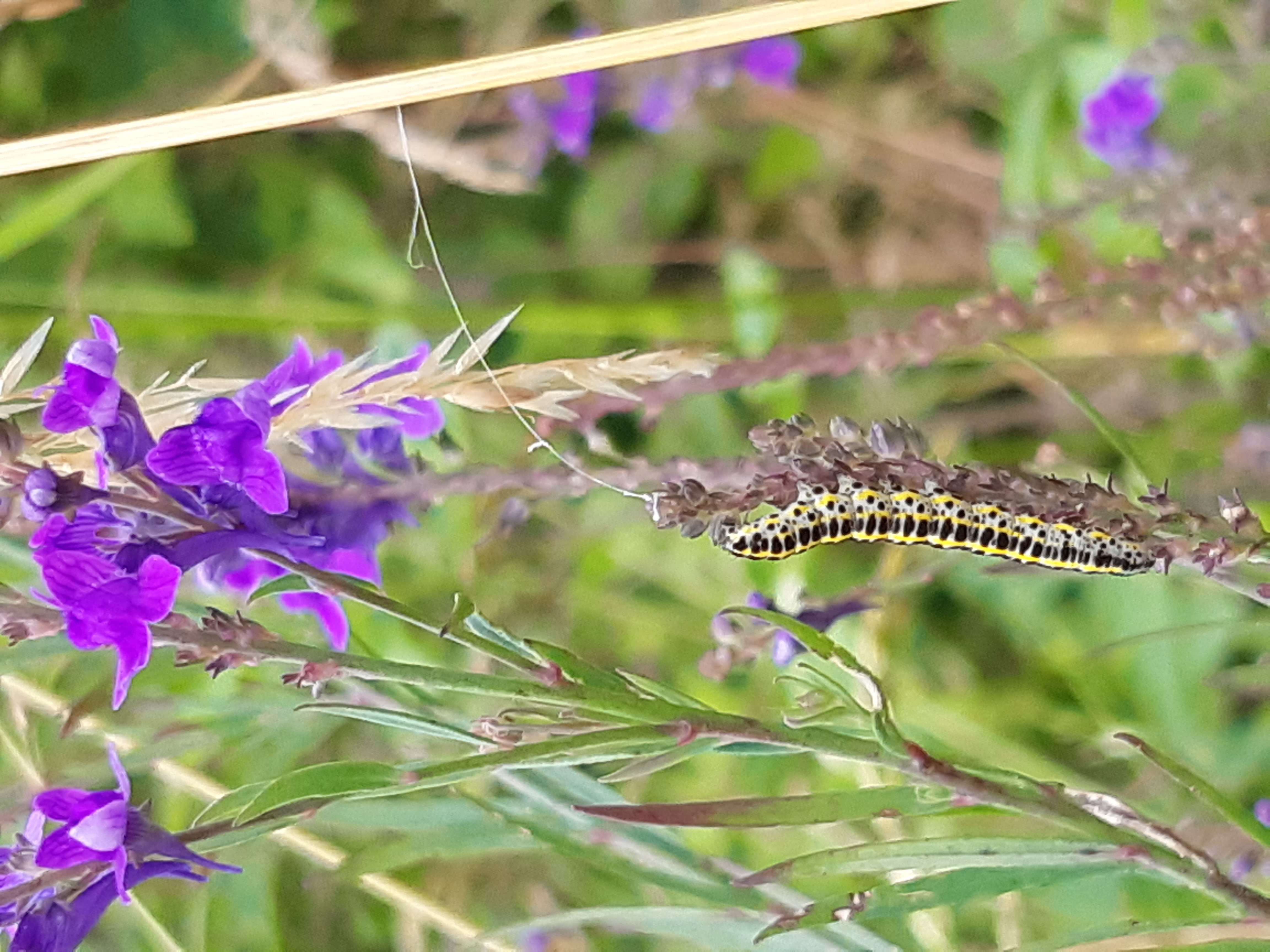
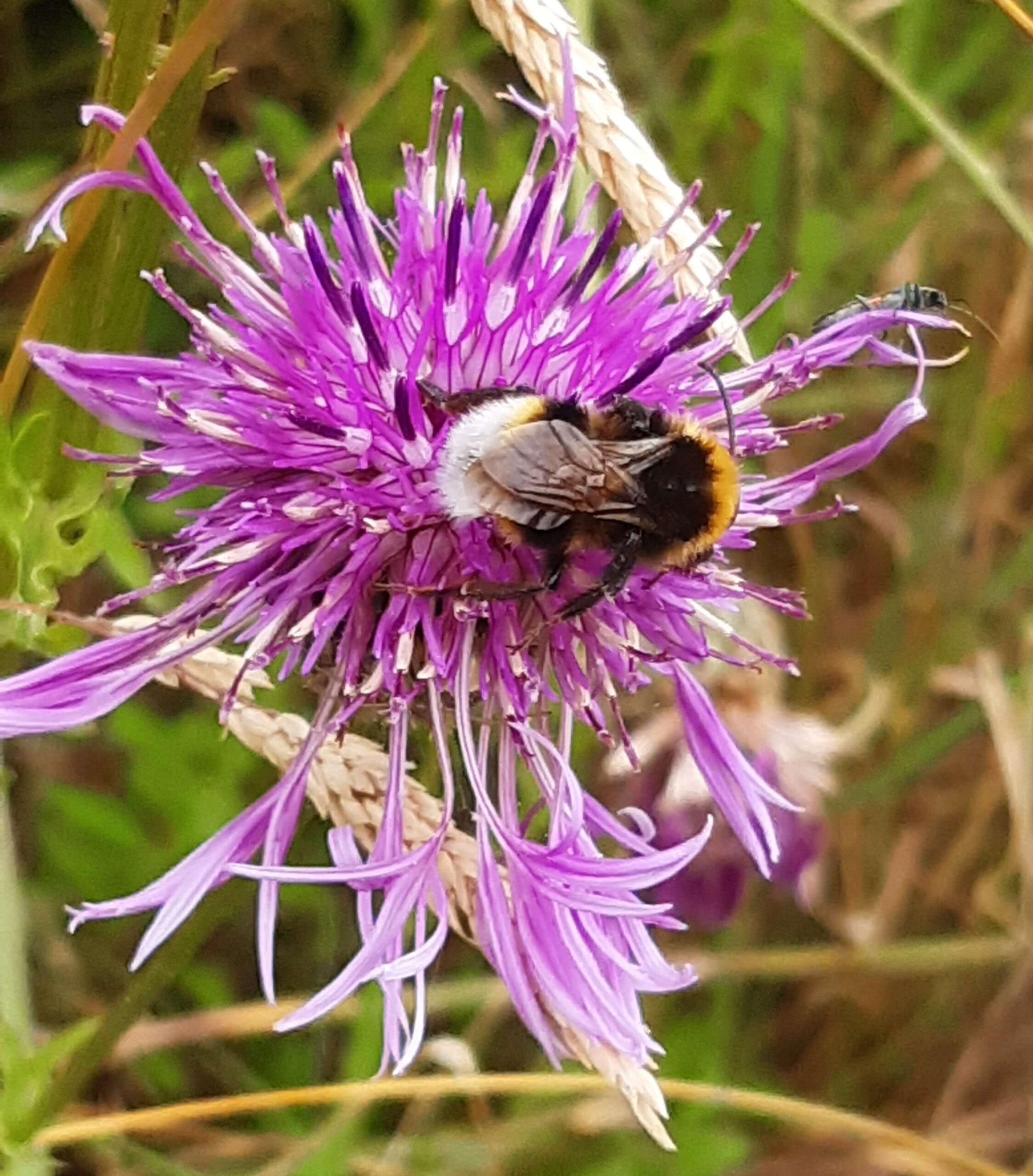
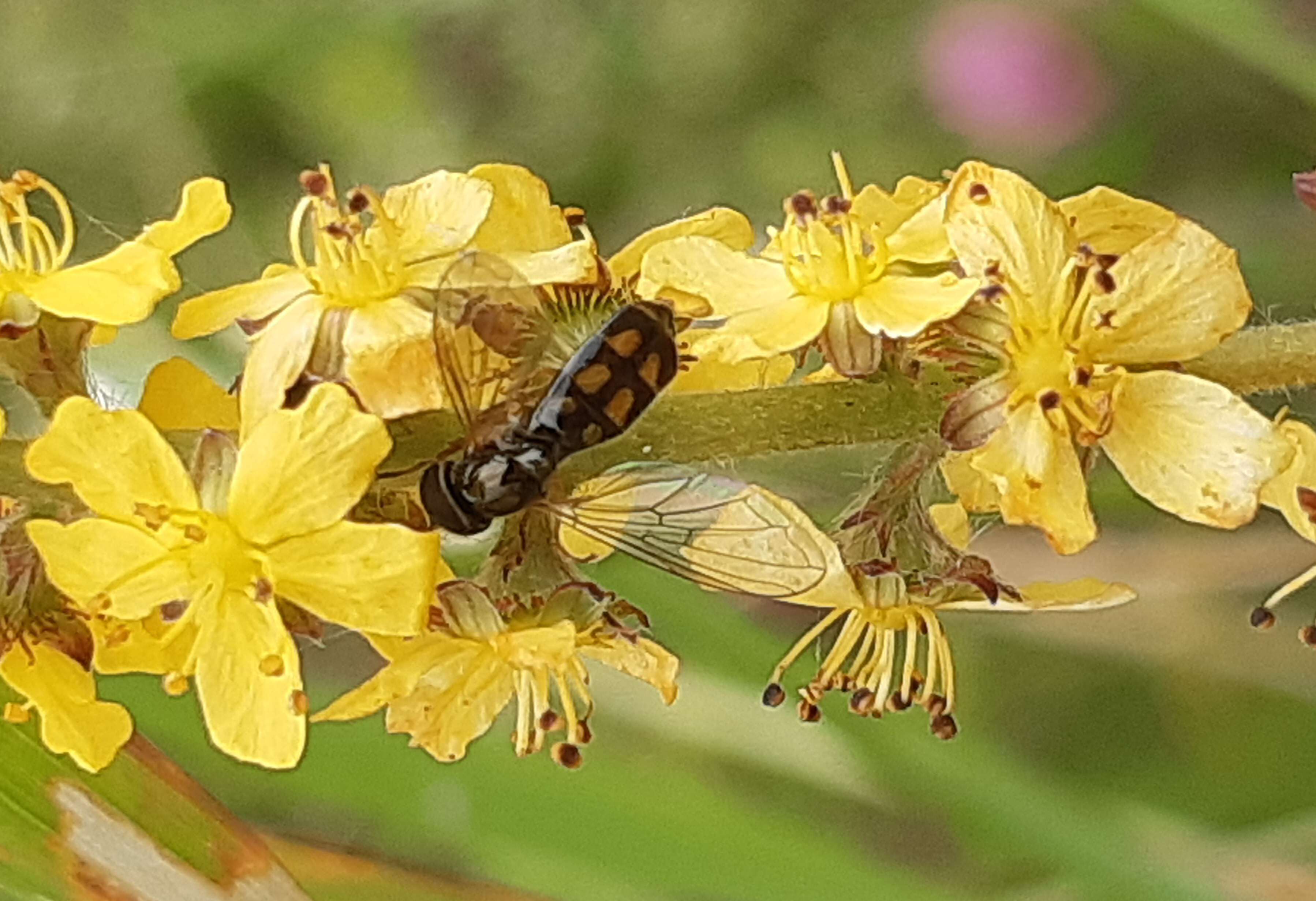
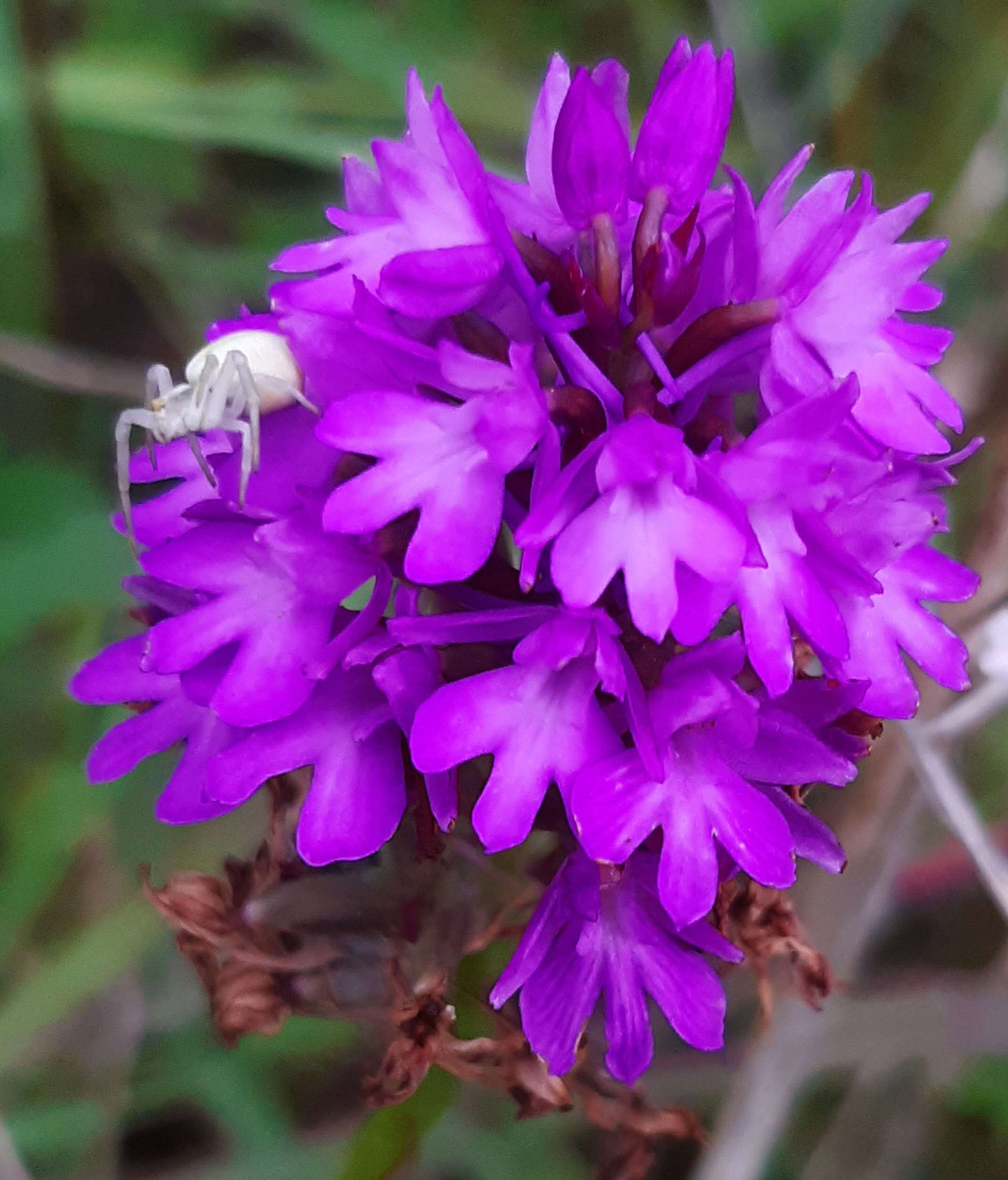
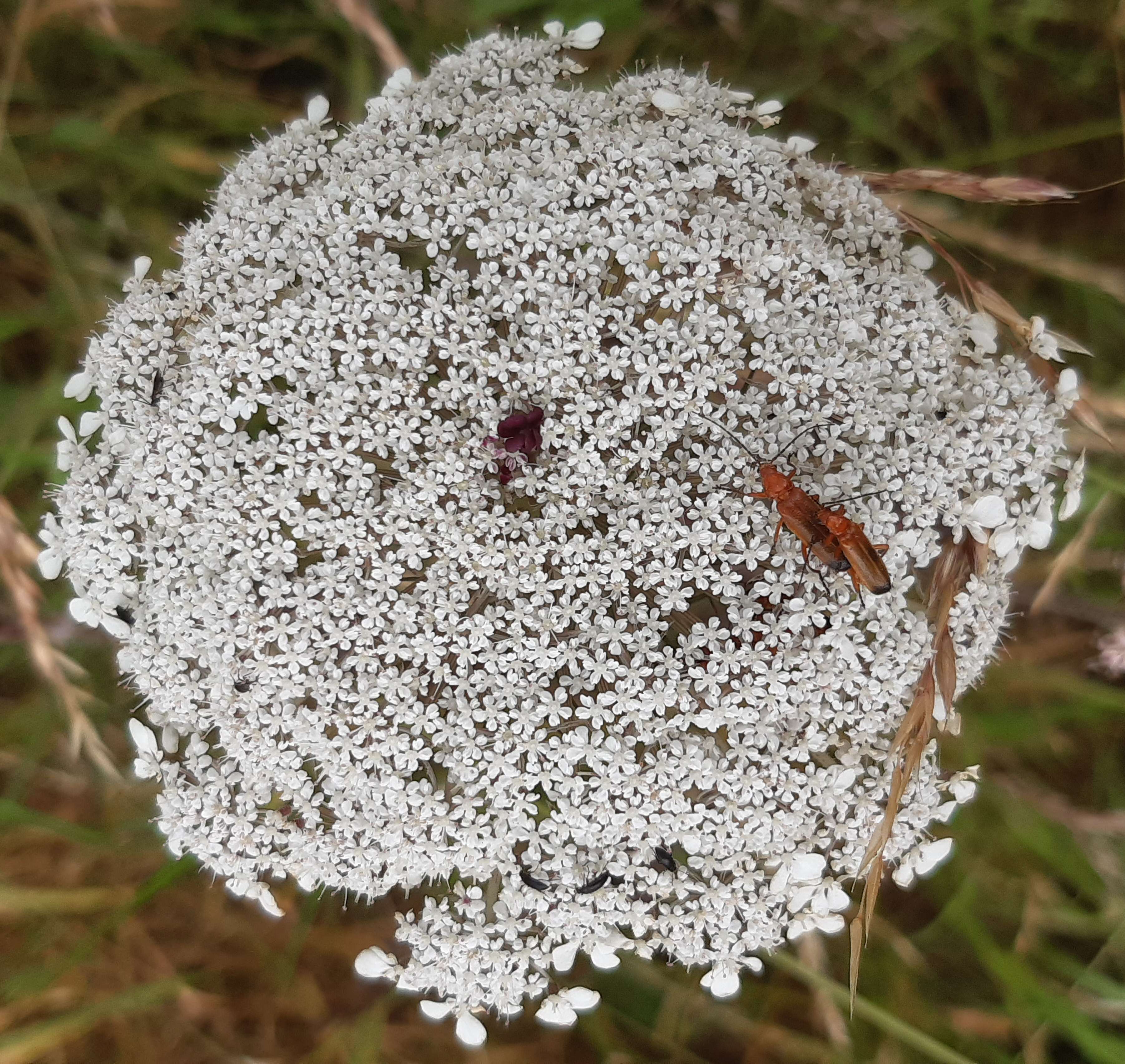
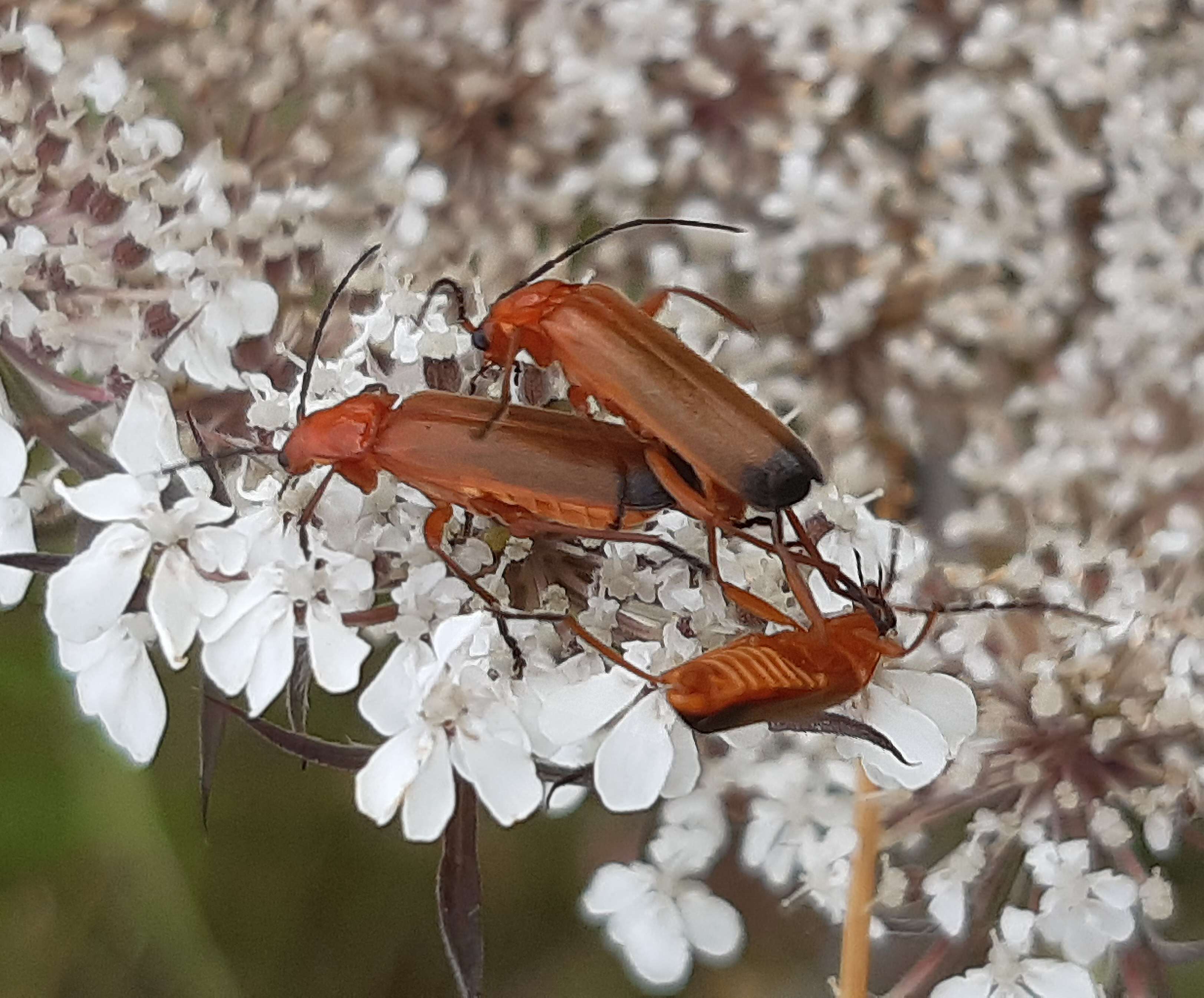
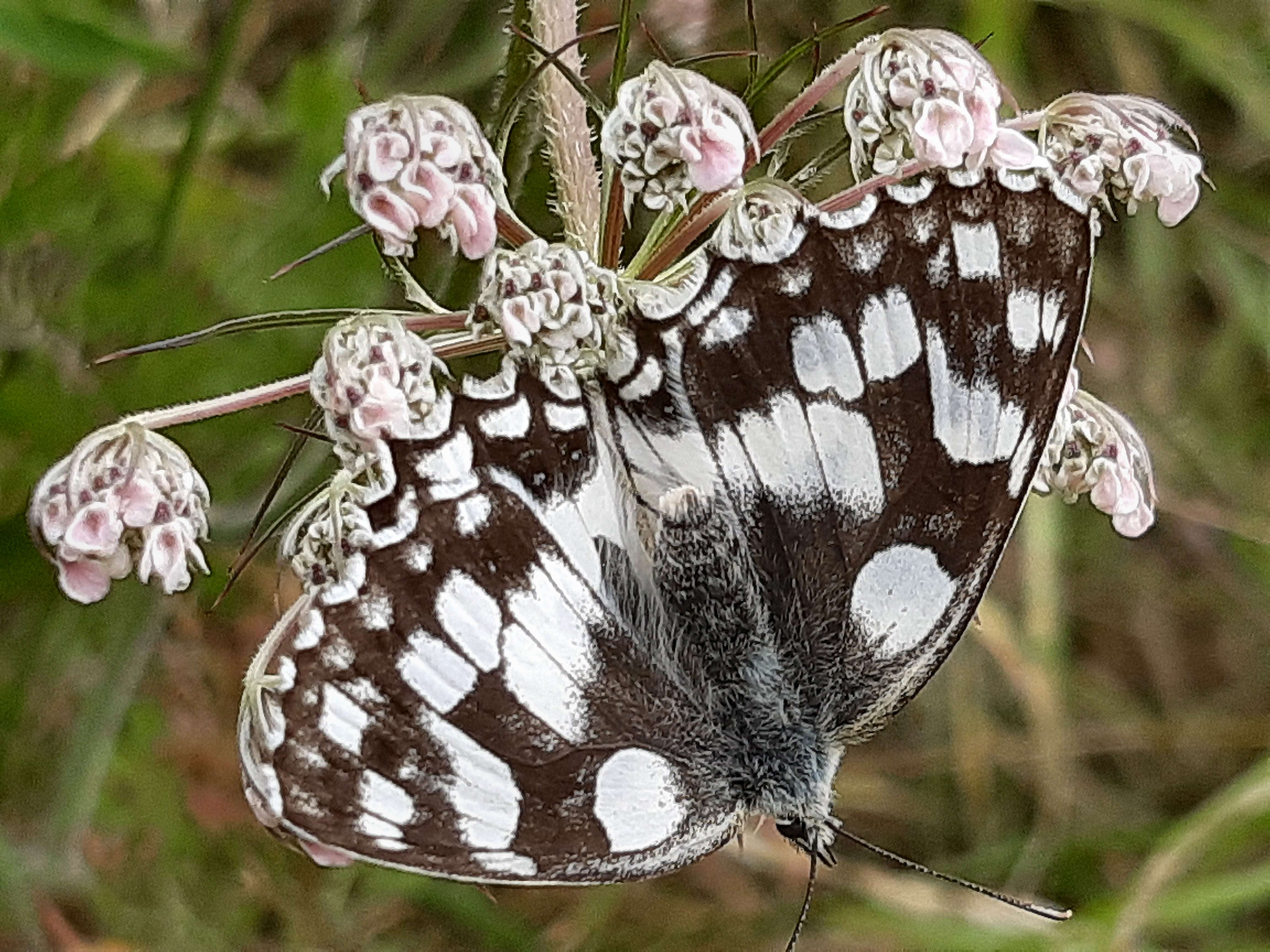
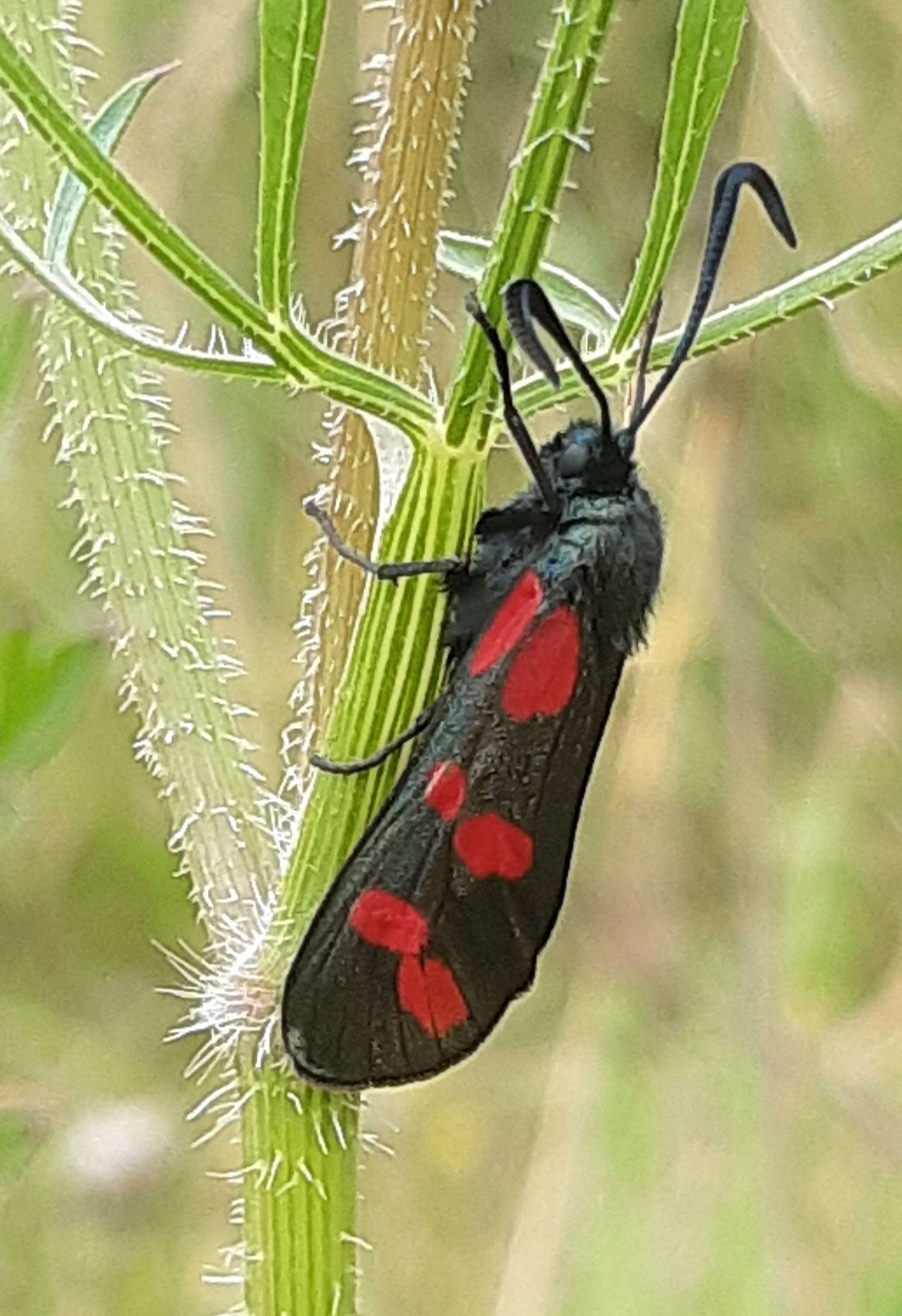

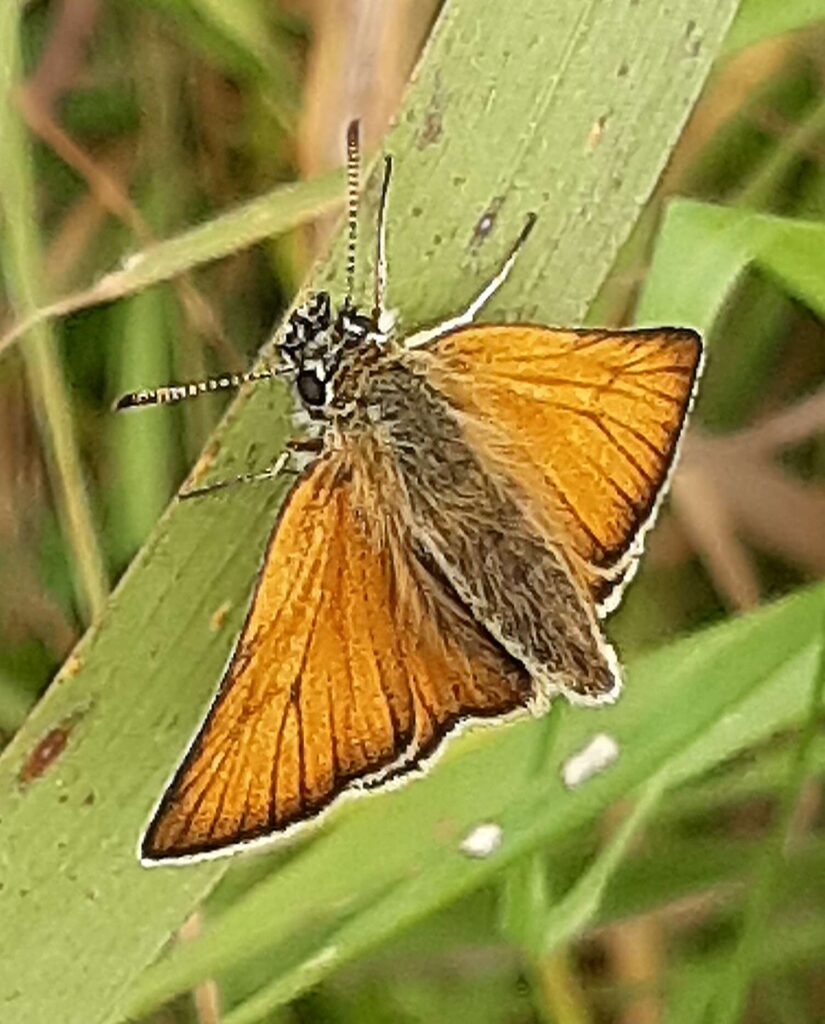
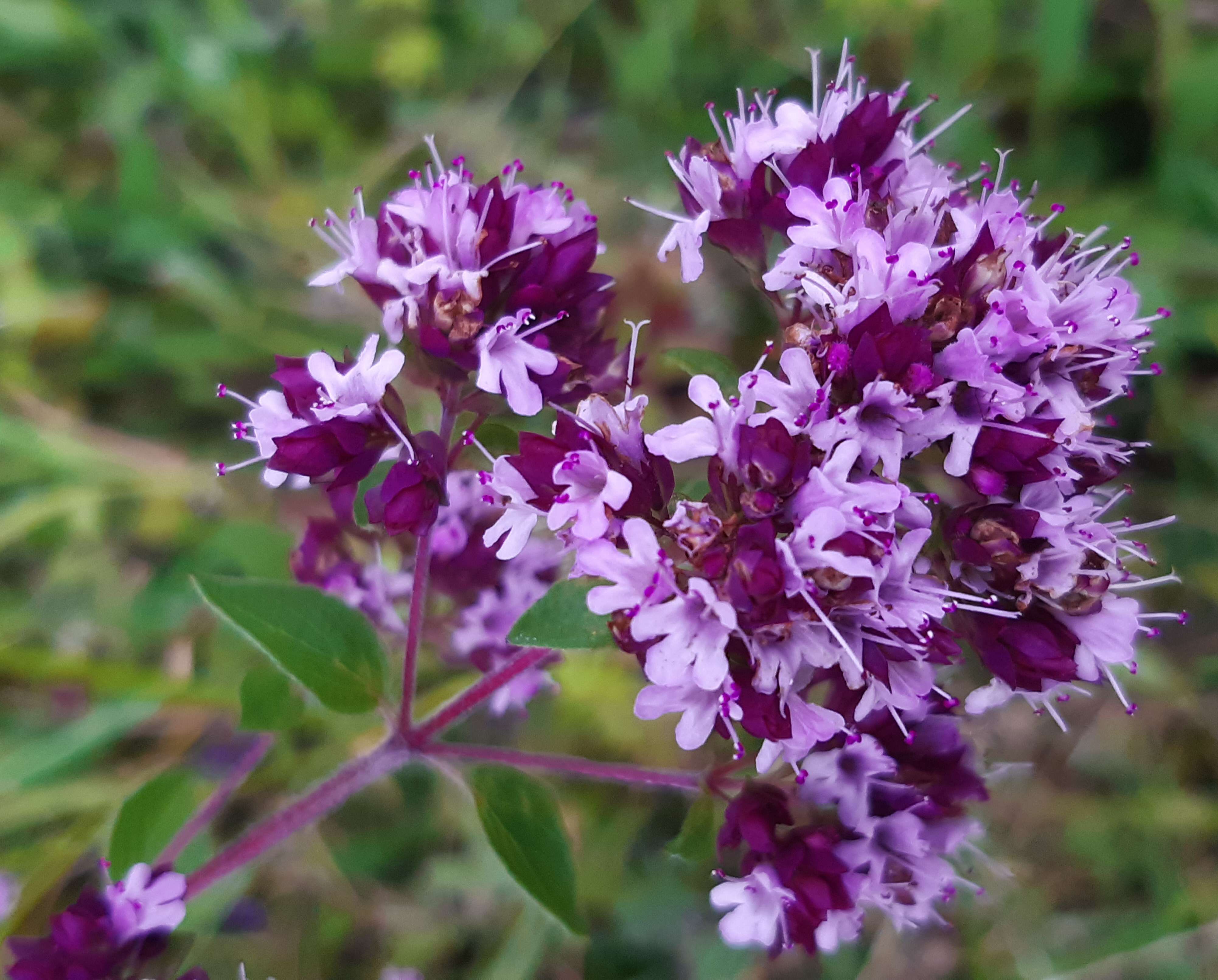
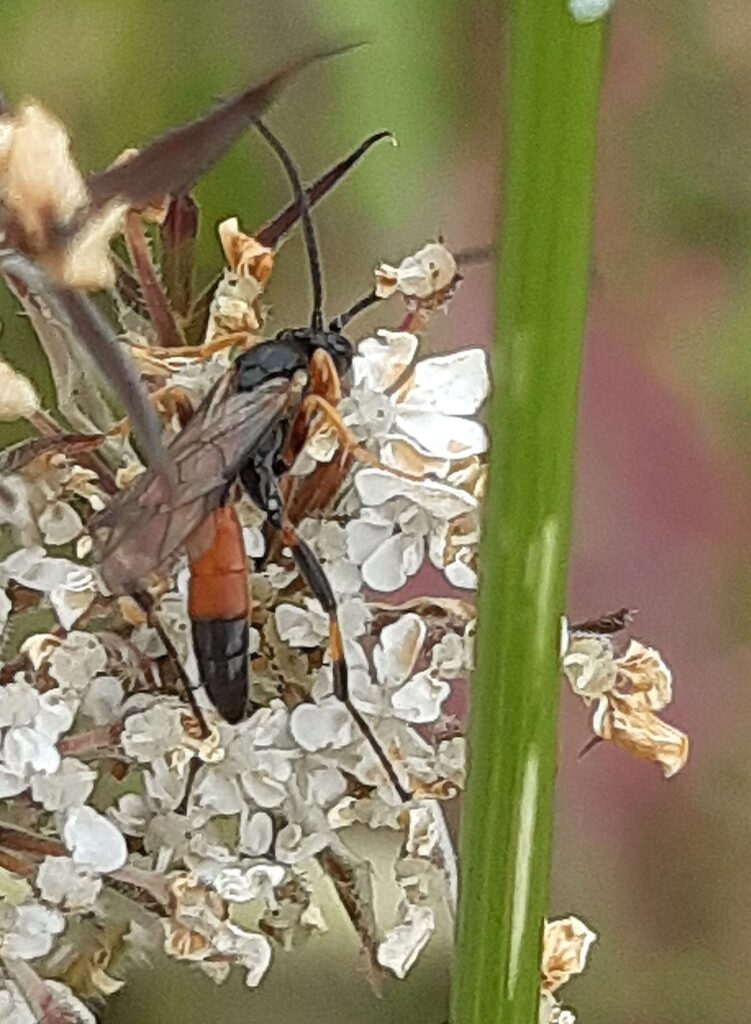
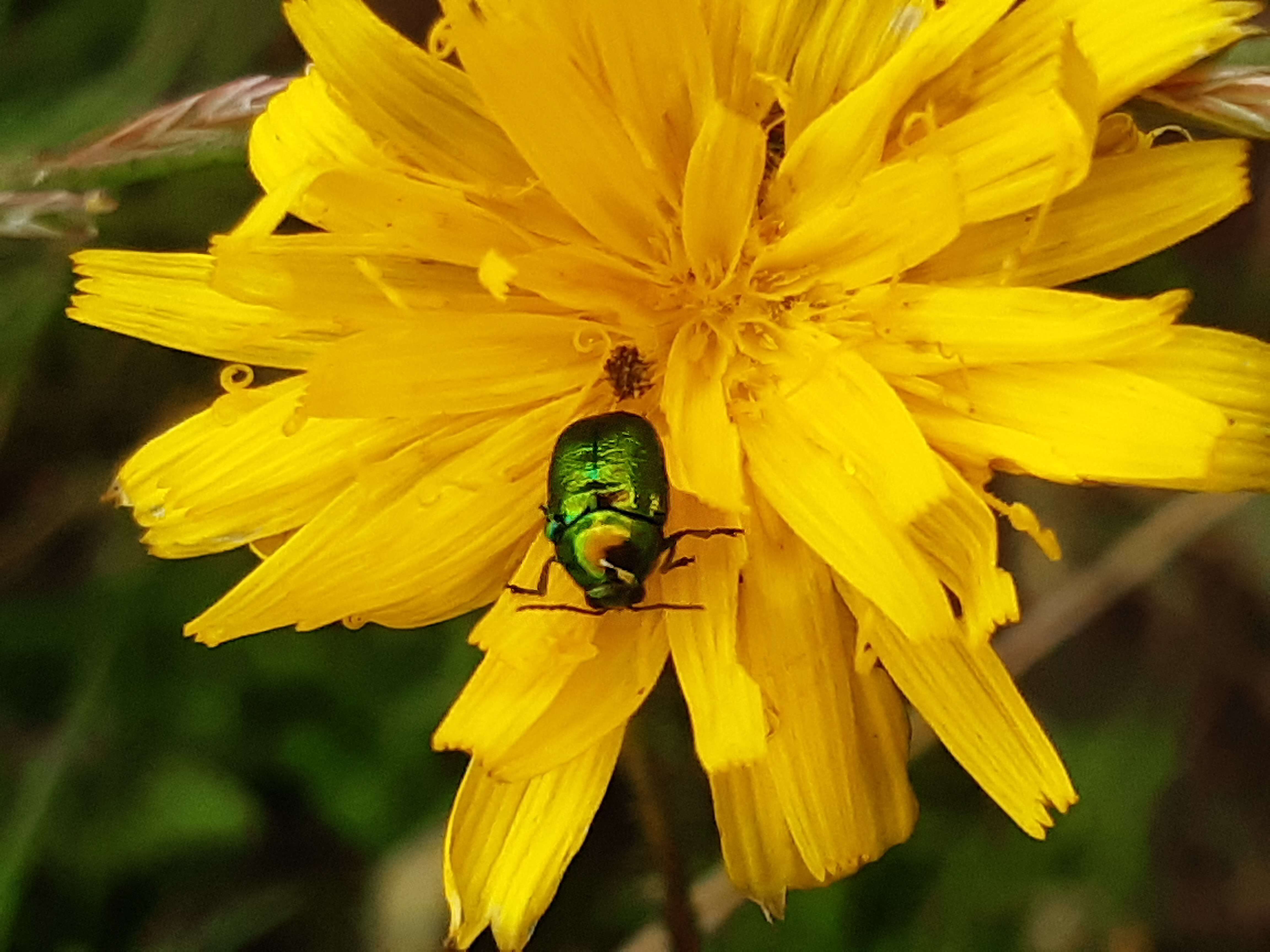
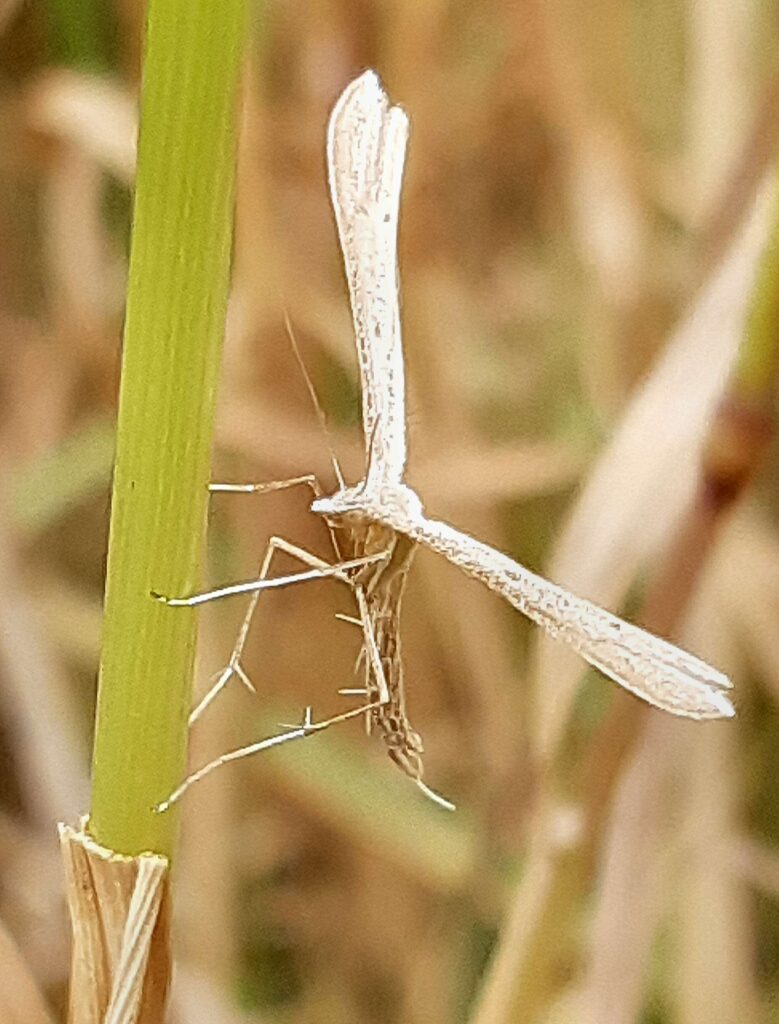
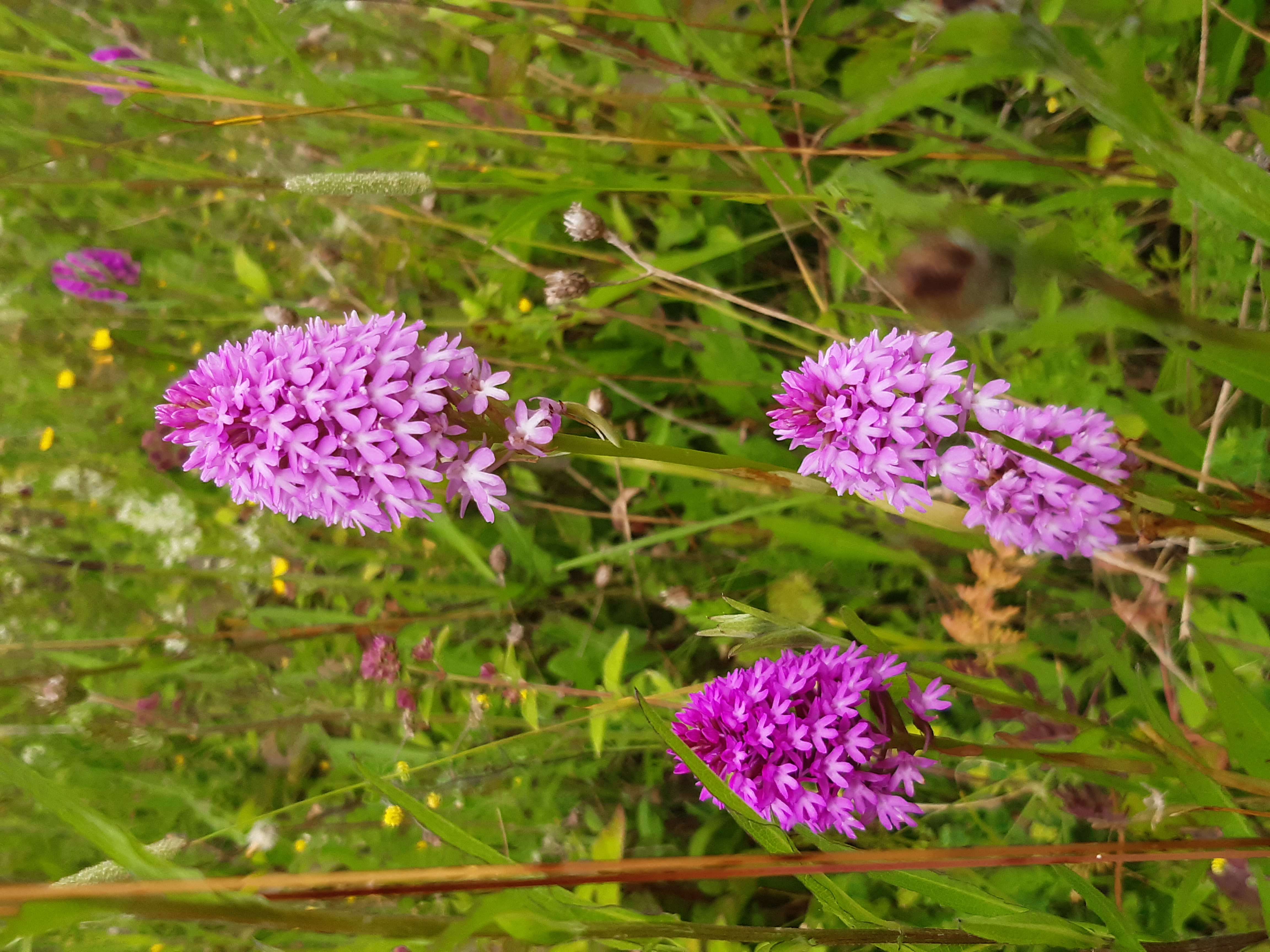
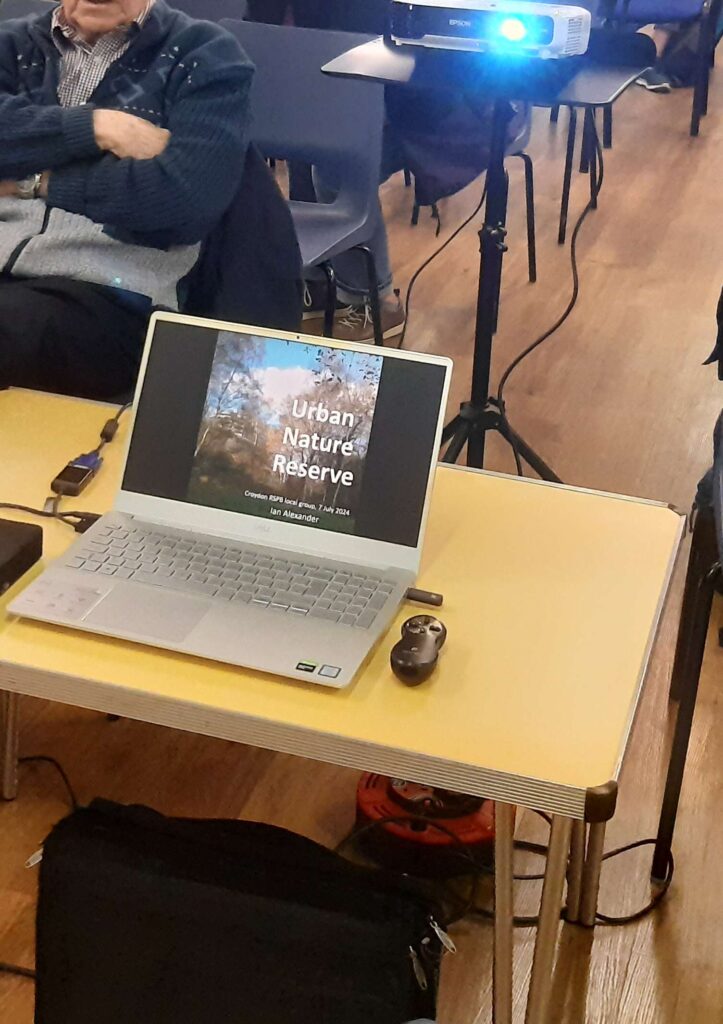
















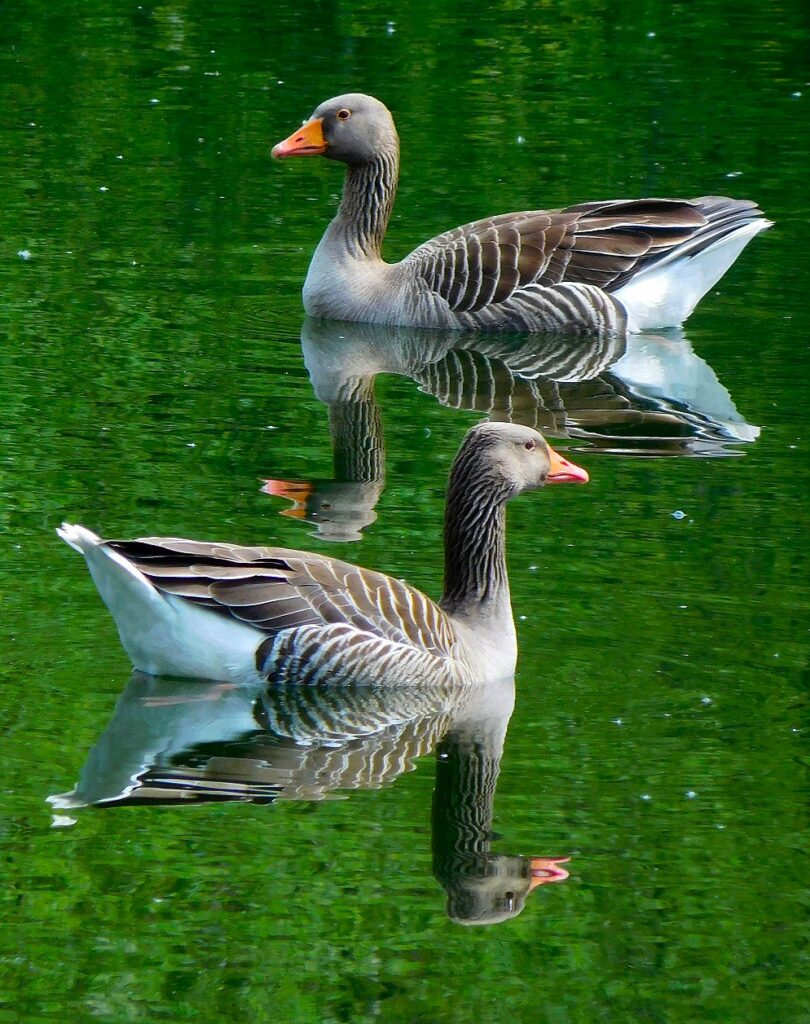
Well, I guess the point of a walk in nature in May is to see what is in flower, what birds are singing, and which insects have emerged (in other words, it’s all about sex). The first warbler to make itself heard was the Blackcap, with many singing males trying out different brief songs. They were mixed in with Garden Warblers, which have a distinctly longer and more even song. A Cetti’s Warbler or two sang their loud abrupt call chwitipitit, chwitipitit: once heard, never forgotten. I couldn’t find any Sedge or Reed Warblers by the river for some reason. In the thorny scrub, a couple of Chiffchaffs sang their names, and many Whitethroats rasped out their short scratchy song, flying up to the tops of Hawthorn bushes and hopping about for the optimal perch.
A Little Egret flapped slowly across the lake: it would once have been thought a wonderful sighting, but the species has happily spread northwards and is now quite common on British coasts and lakes.
I was however delighted to hear the wheezing spring call of a male Greenfinch. It was until recently a common bird around towns and villages, but the population was halved by the Trichomonas parasite in the 2000s. Here in London it almost completely disappeared, and it is only slowly recovering.
I glimpsed one damselfly, probably a Common Blue.
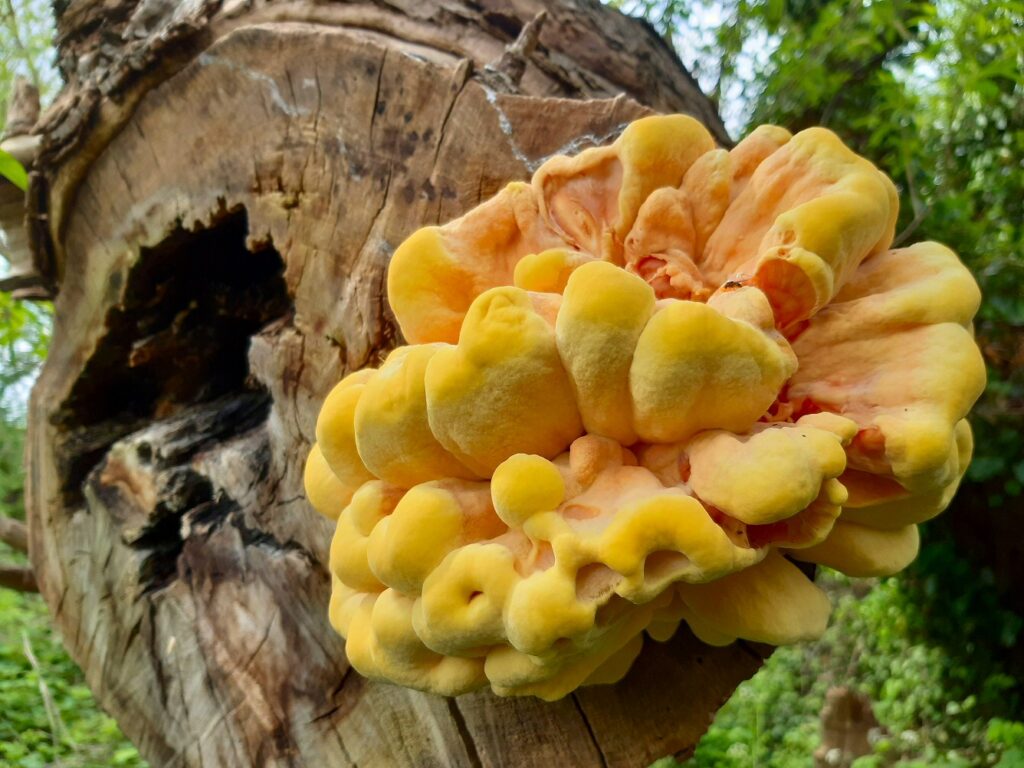
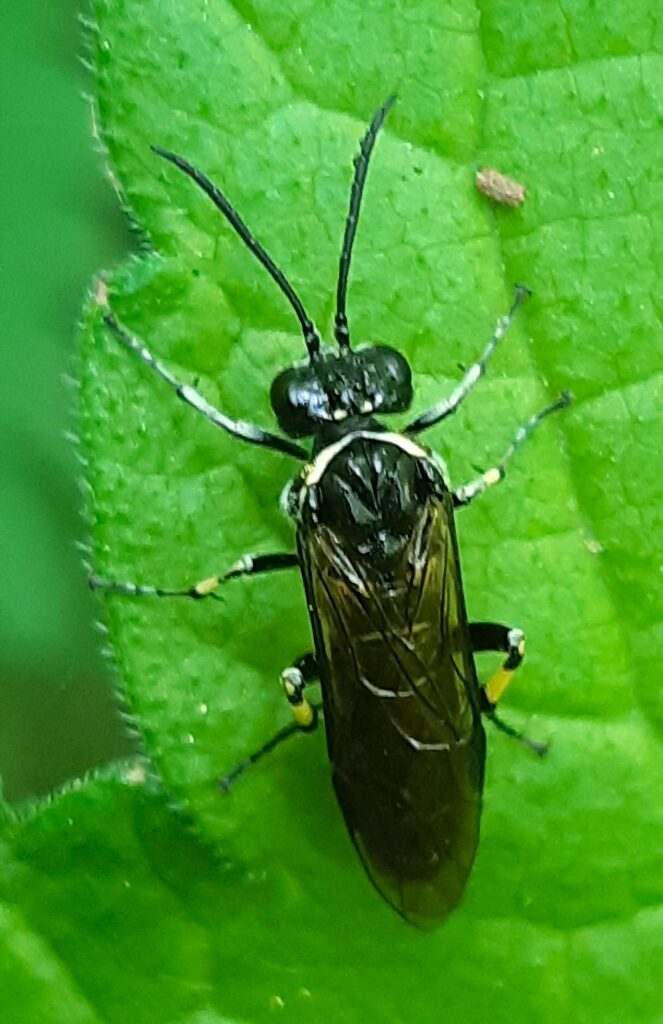
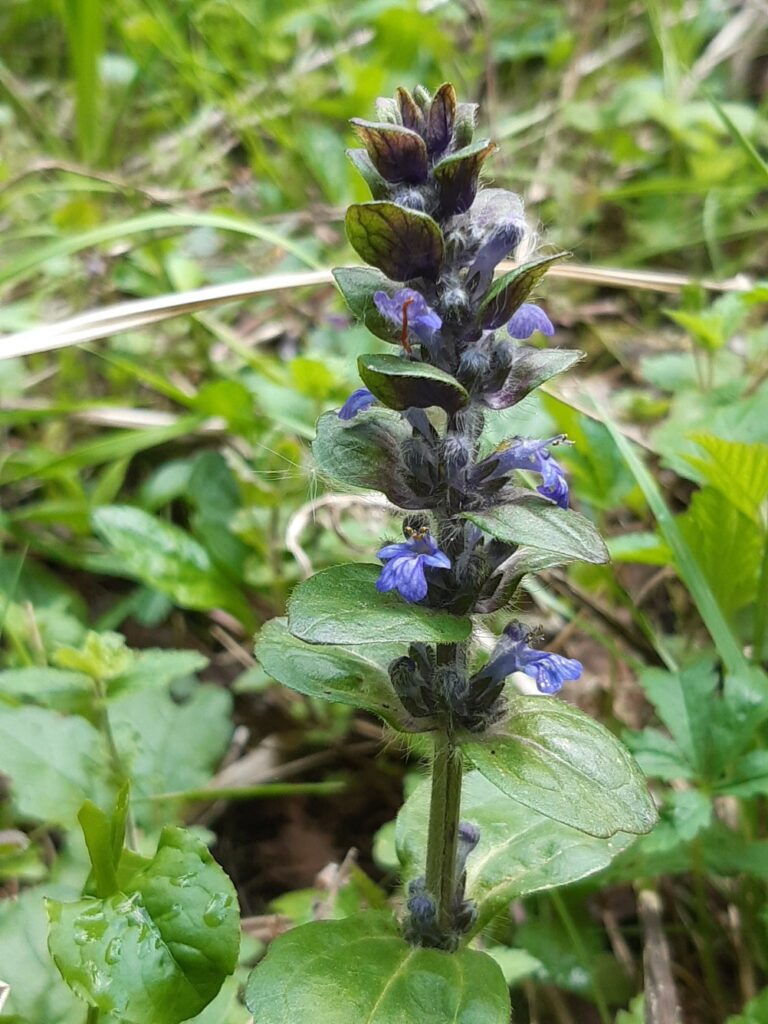
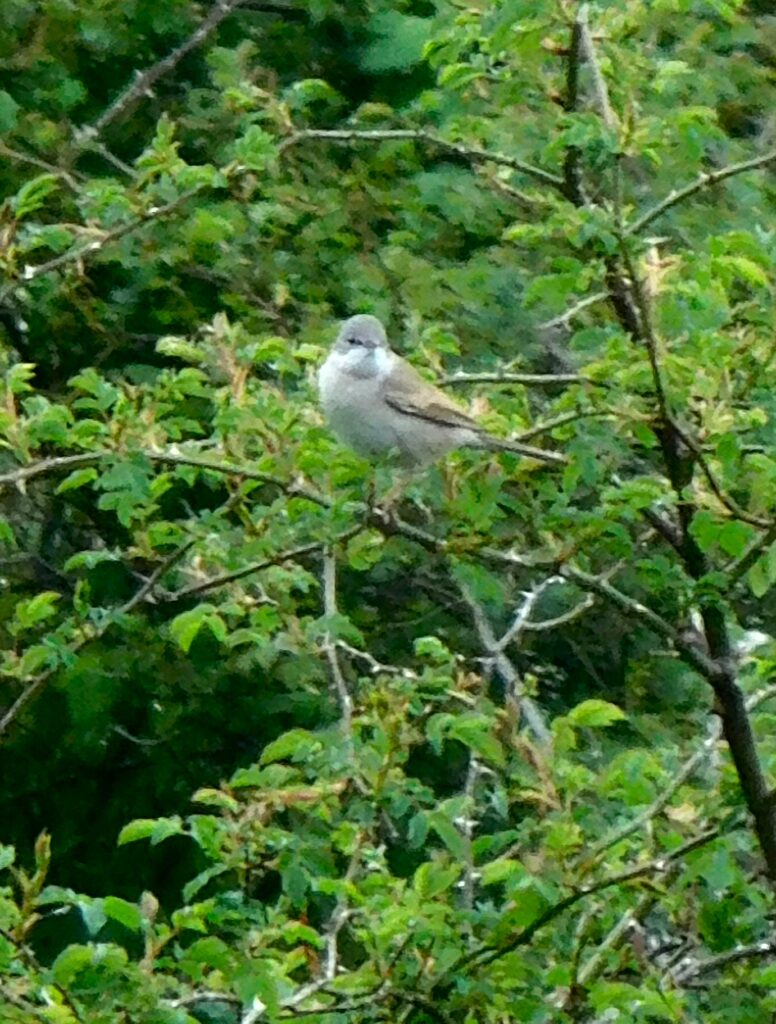
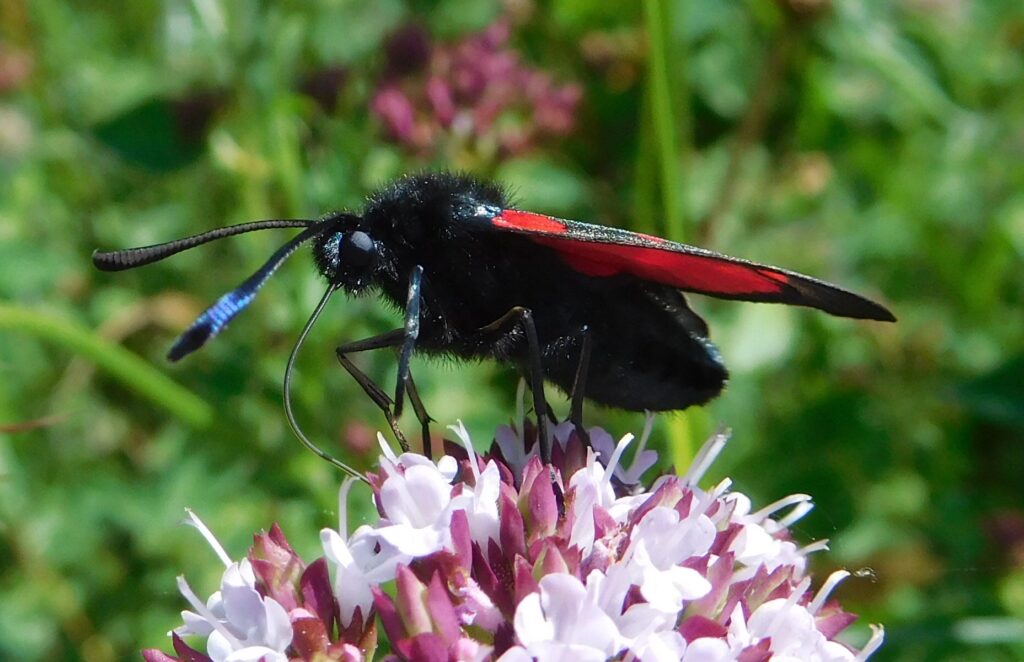
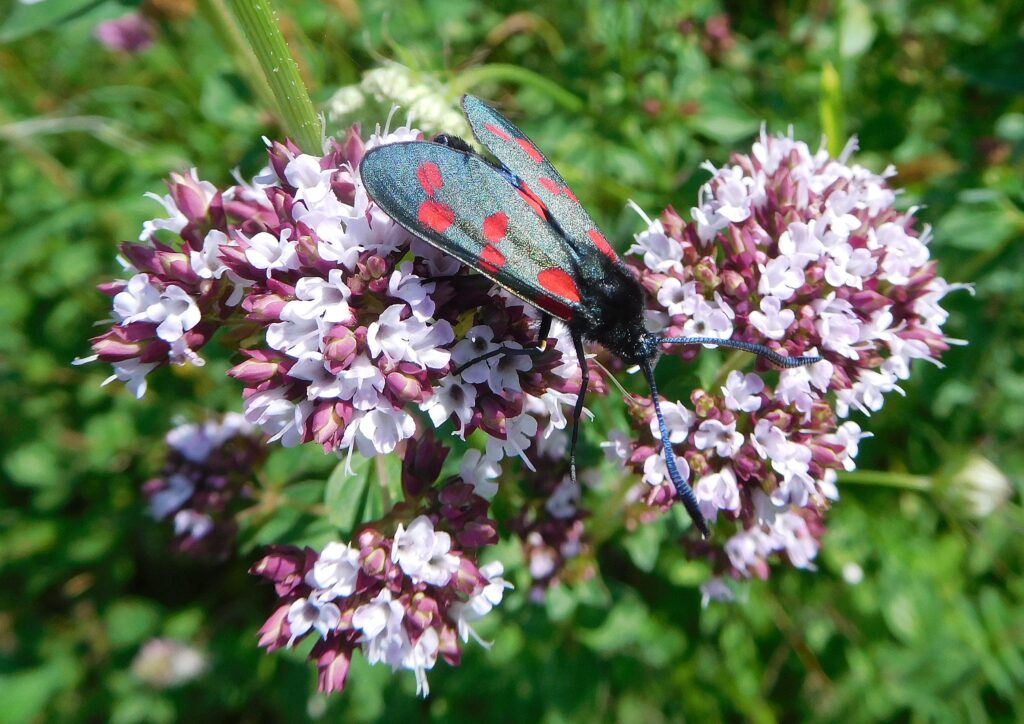
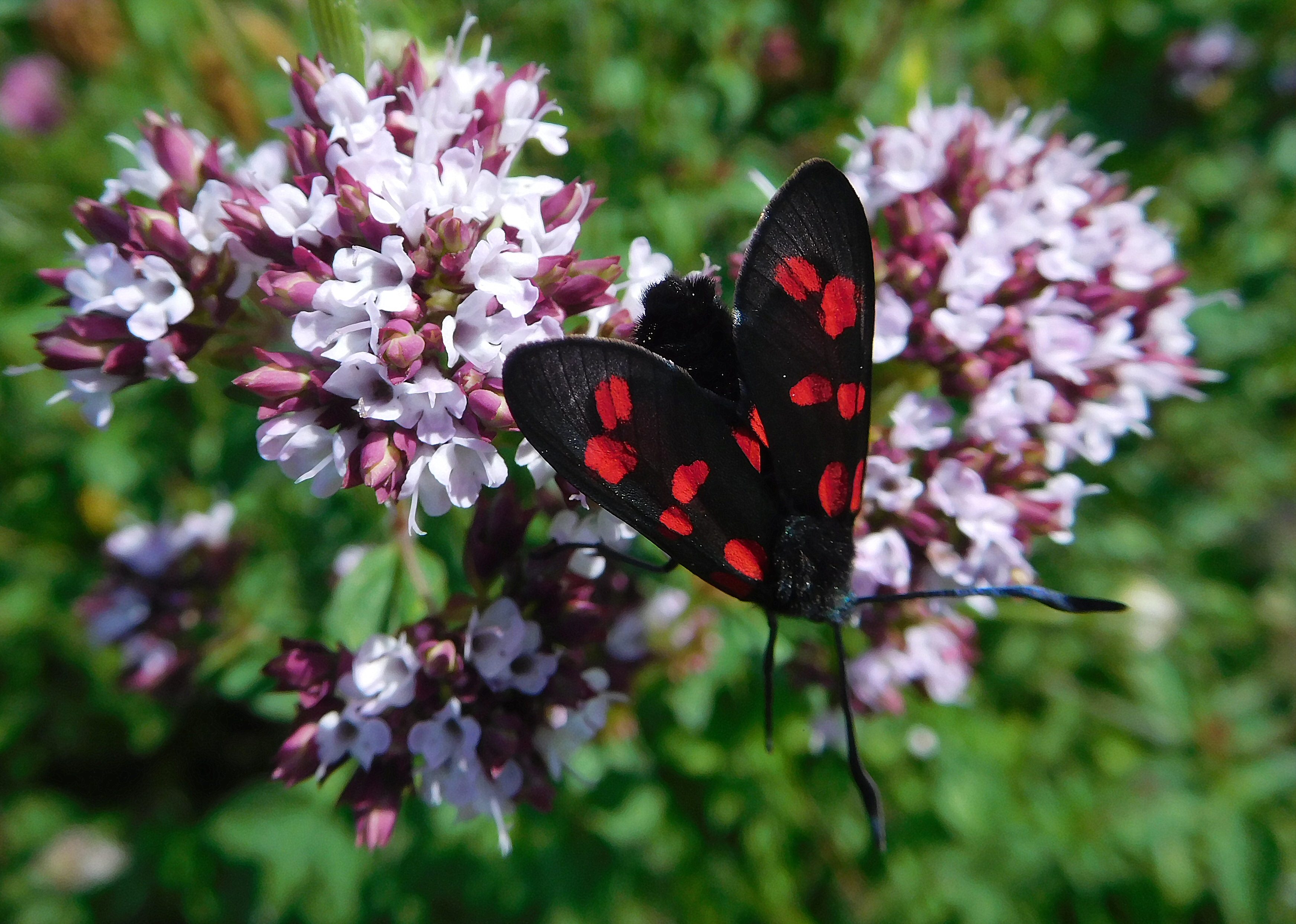
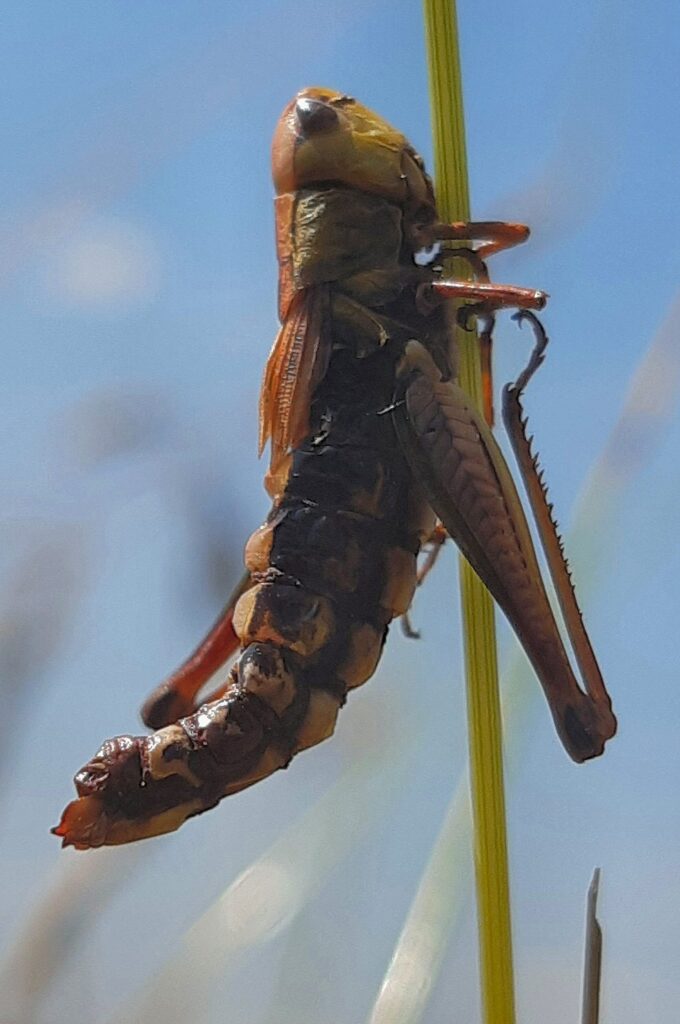
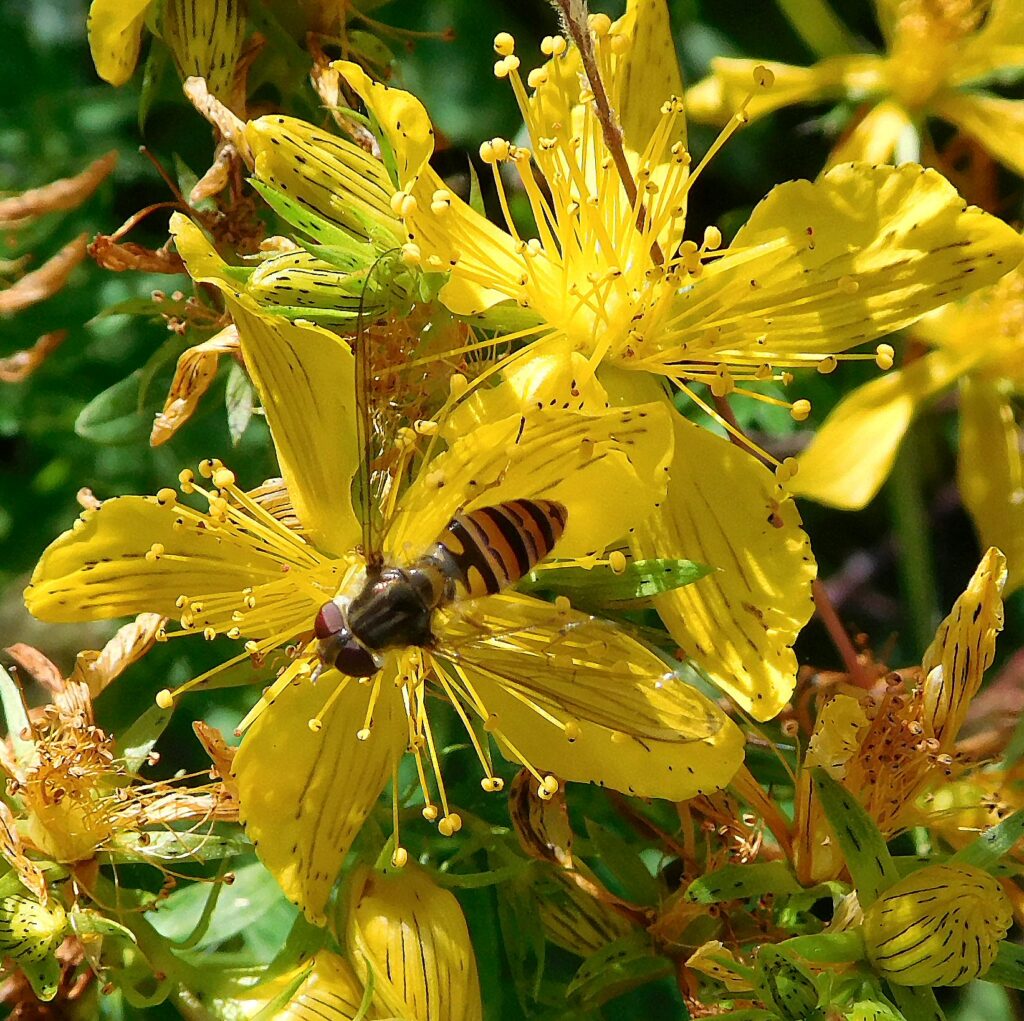
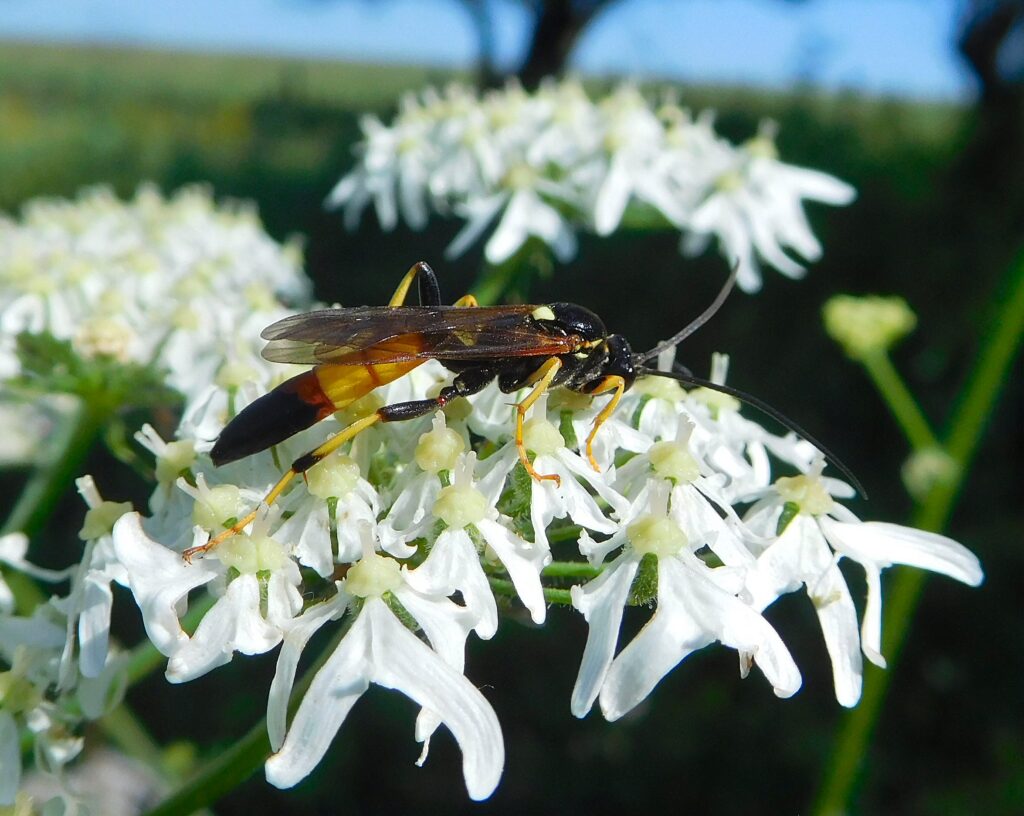
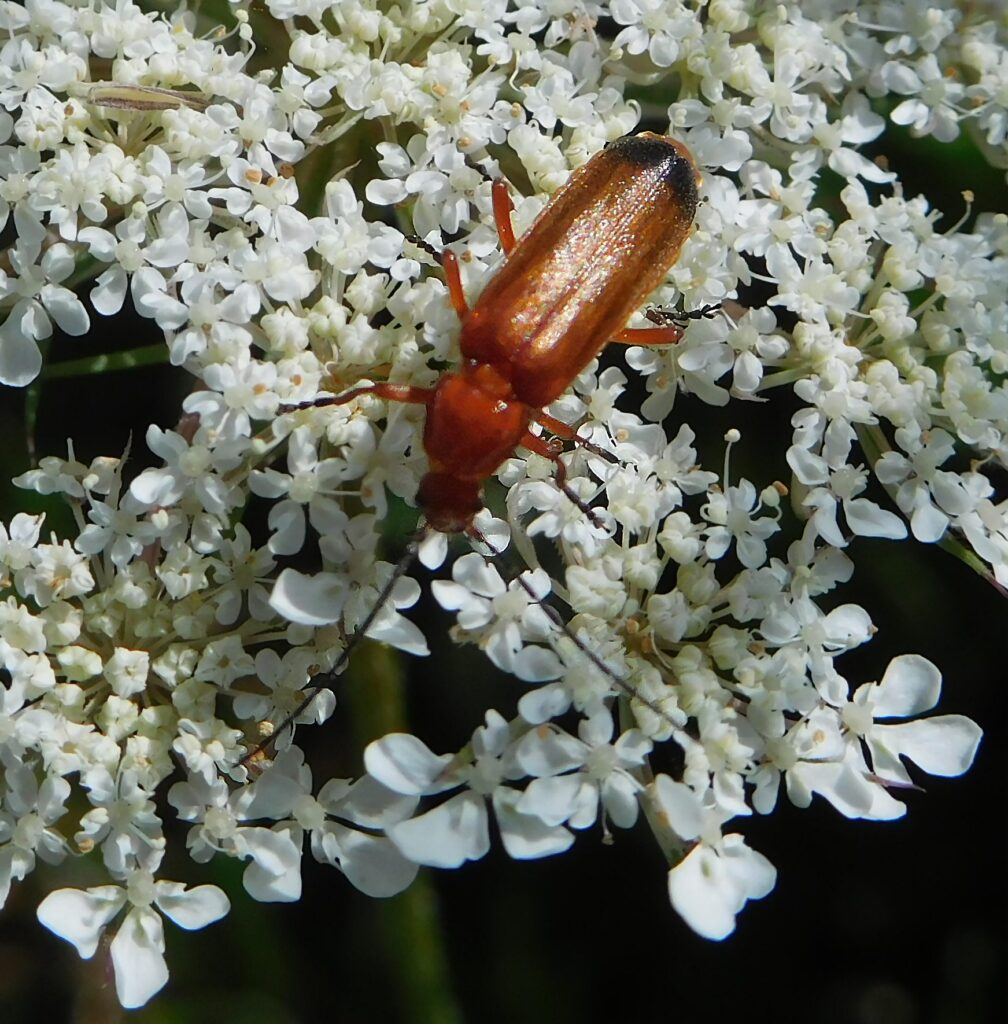
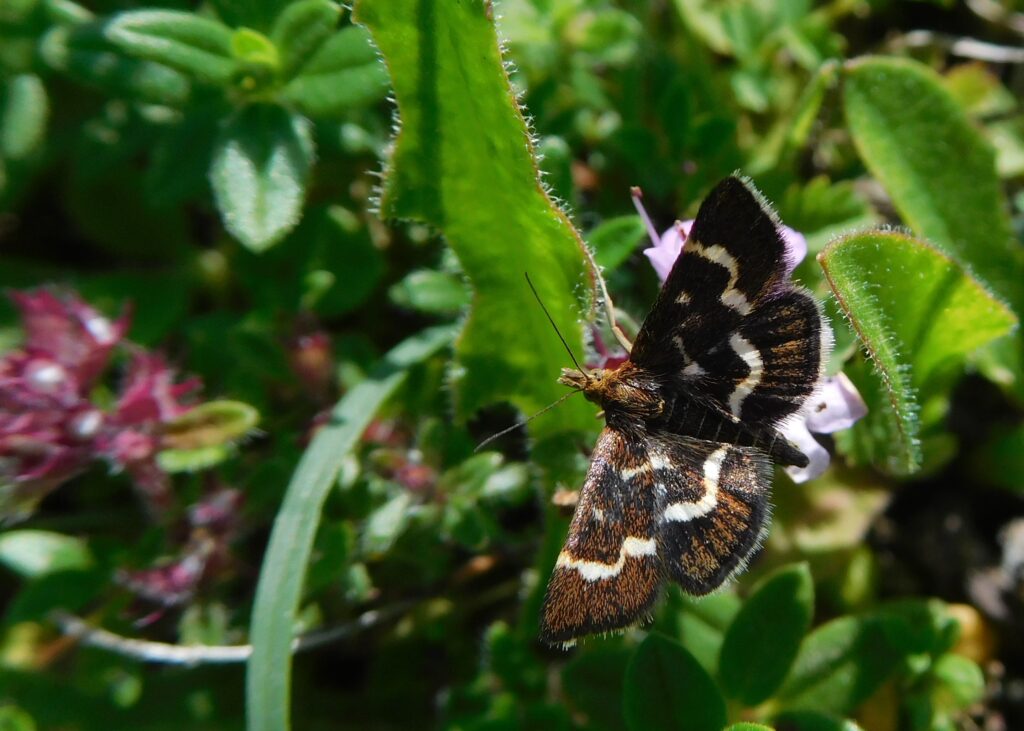
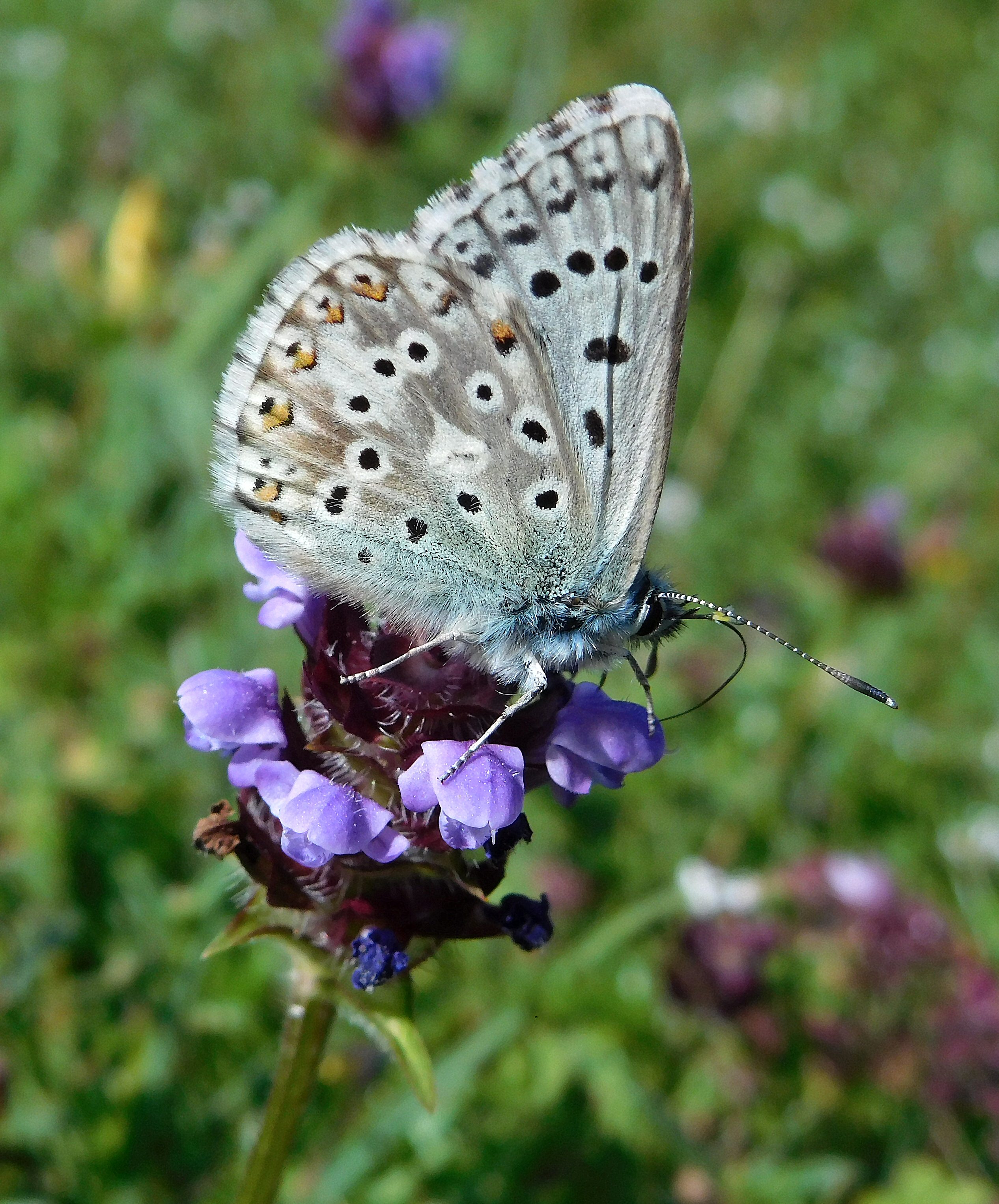
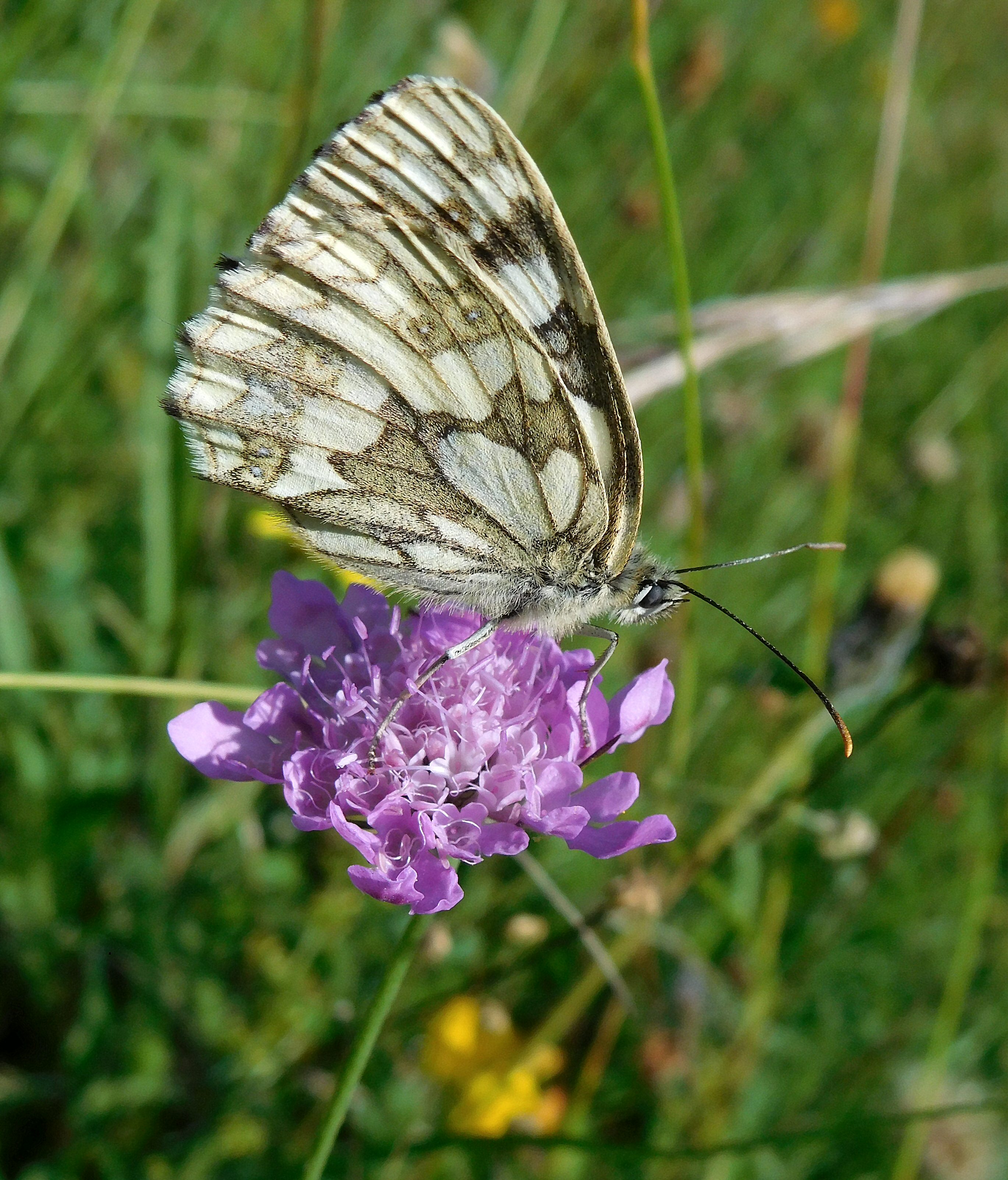
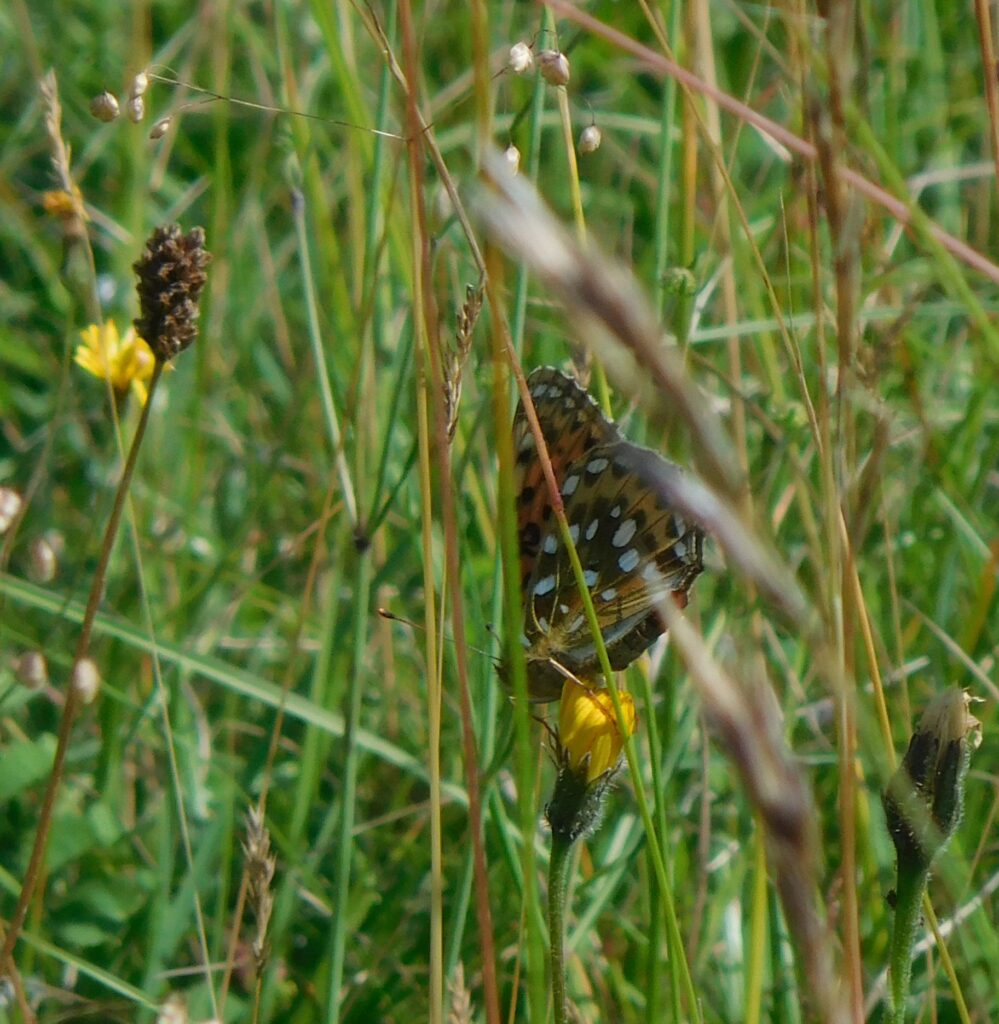
There were also Small Whites, Meadow Browns, Gatekeepers, Small Skippers, and possibly Chalkhill Blues about.
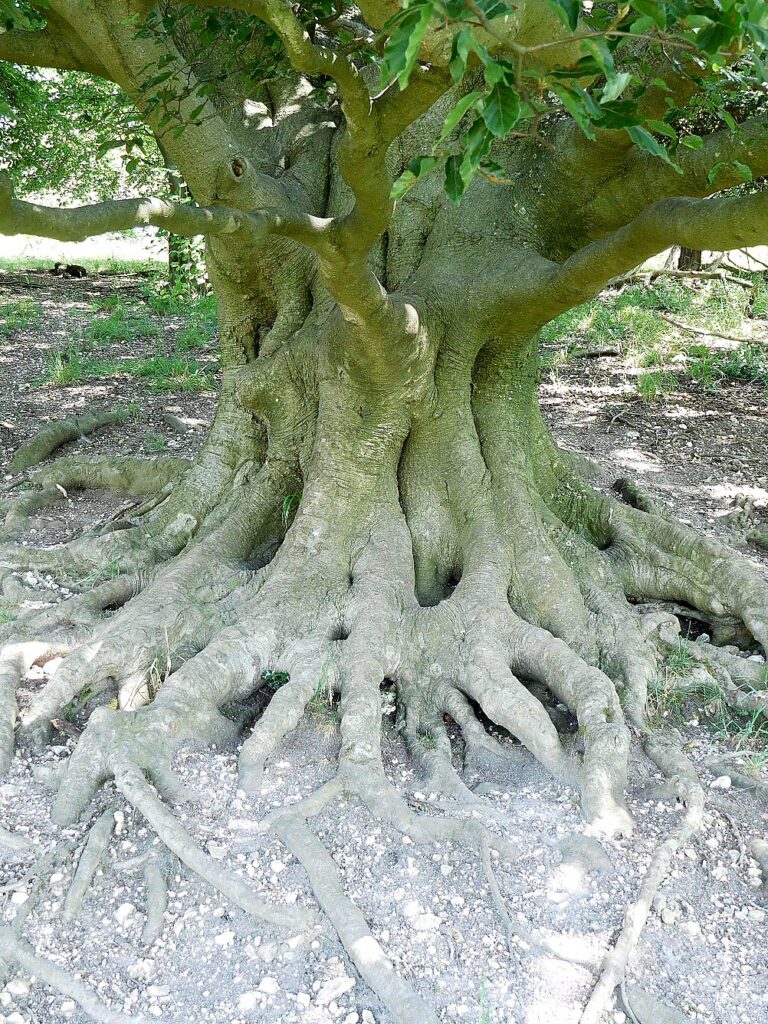
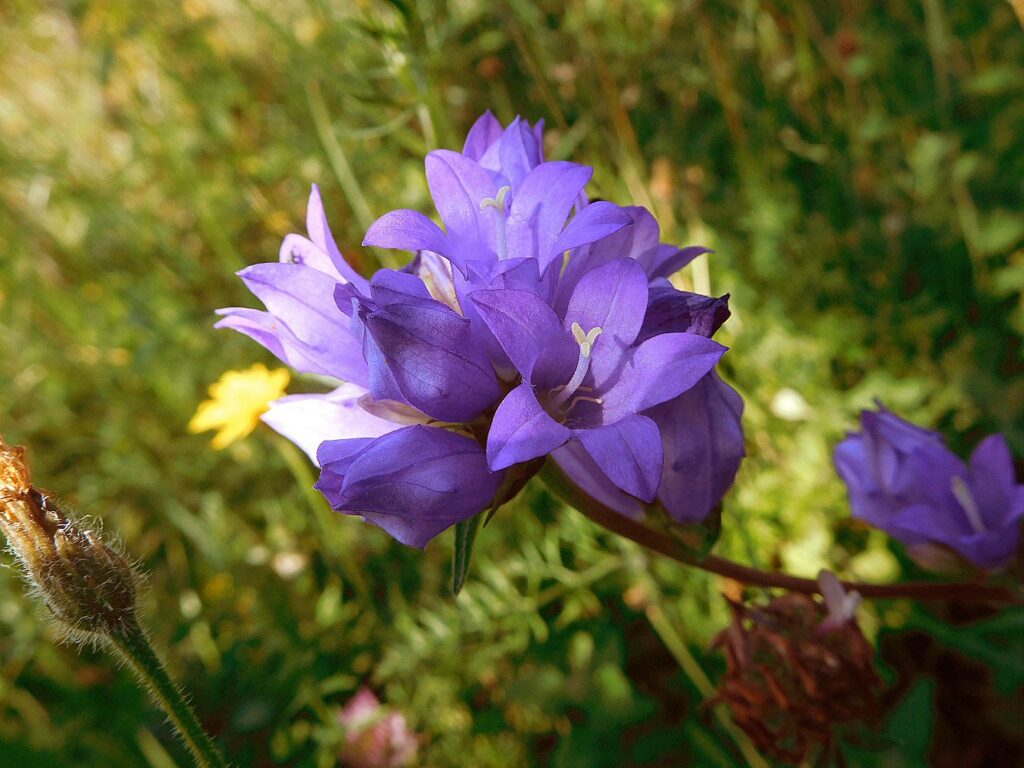
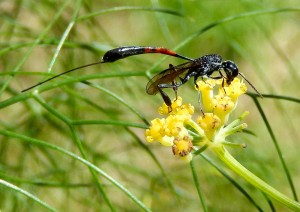
When you see a parasitic wasp, she – it’s always a she, as the males lack the long ‘sting’, which is an ovipositor – is generally flying about searching for caterpillars or other insect larvae. She can detect them deep inside plant stems, drills down to them with her extraordinary sting, and lays one egg in the body of the luckless grub.
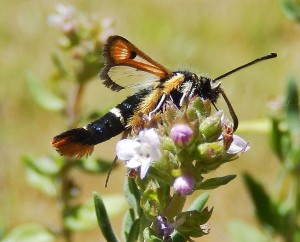
Clearwing moth larvae just eat plants, including currants, but the adults are spectacular. The clear patches on the wings are where the wing scales are programmed to fall off, leaving a bare membrane. Happily the wings and tail are gloriously coloured.
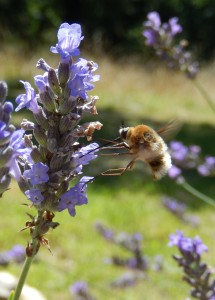
Proof that Bee-Flies cheat: those legs are resting on those flowers, however much those buzzing wings are hovering!
And to cap it all, a large, brilliant Green Lizard ran into the kitchen.
In the afternoon the temperature reached 31 degrees. We boldly went out onto the steep Chalk grassland hillside north of St Sulpice, where the Pyramidal and Chalk Fragrant Orchids flower in quantities in the springtime.
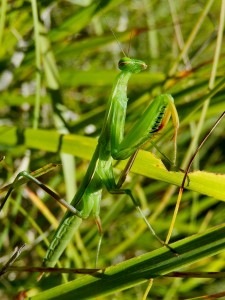
At least five Praying Mantises on the chalk grassland: they are widely distributed on flowery meadows (chalk or sandy clay doesn’t seem to matter) but appear never to be numerous, so this was a good haul.
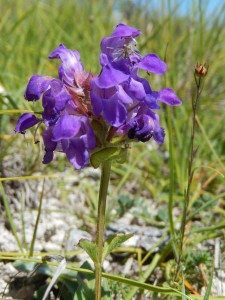
Zygaena fausta, a boldly marked and presumably aposematic Burnet Moth without any English name that I know of (we could call it the Devil’s Burnet), on Knapweed.
The sound of summer: a chorus of grasshoppers and crickets in the heat. This grasshopper was unusually large and obliging.
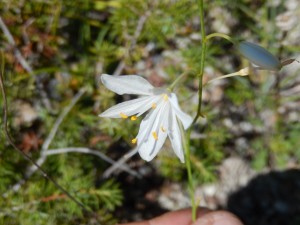
The hillside was carpeted thinly and gracefully by these slender white flowers; behind it are Juniper bushes and loose Chalk scree, a scene repeated all across the hill, interspersed with bright flowers (Milkwort, Scabious, Knapweed, as well as Eryngo and various yellow composites) and the dried-out fruiting stalks of Orchids of different species.
A brilliantly-coloured bug on a grass stem. Perhaps it is an early instar of the Sloe Bug, or a similar species.
At 11 pm, our headlights revealed a Roe hind and fawn on the grassy track. The hind looked at the car and decided reluctantly to move off to the right, into the long grass of the meadow. The fawn ran away down the track before branching off to the left, its usual haunt with the cover at woodland edge where it hides up during the day.
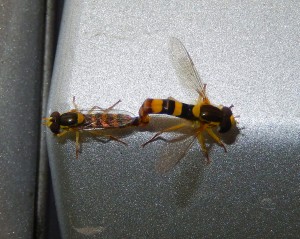
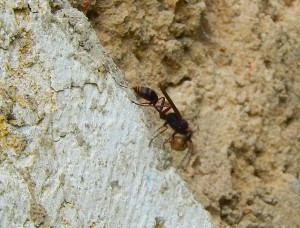
This large, long-waisted and rather dark wasp is quite a shy visitor to the Fennel. She buzzes noisily into cracks in the wall, and just this once (hence the fuzzy photo) I caught her carrying a lump of mud to do her building, so I assume she’s a Mason Wasp, species not known to me (help welcomed). She is about 20 mm long and stocks her mud nests with luckless grubs to feed her own larvae. There is a similar wasp of the same size and shape with yellow legs: not clear if this is a colour variant or another species.